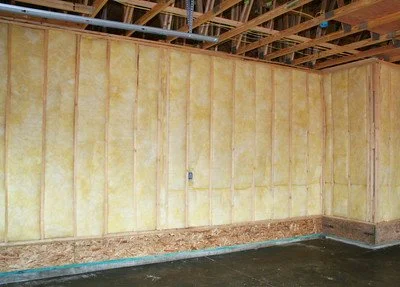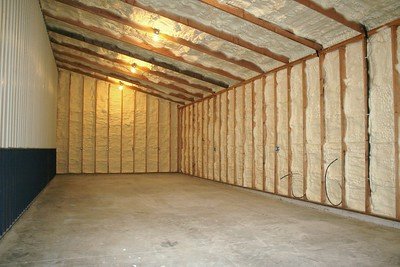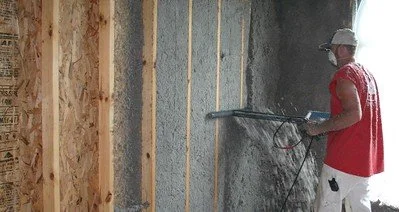The importance of insulation in buildings cannot be overstated. Since the advent of modern construction, people have recognized the value of insulating their homes and other buildings. With advances in technology and an increasing focus on energy efficiency and sustainability, the role of insulation in construction has become even more critical.
History of Insulation in Buildings
The use of insulation in buildings can be traced back to ancient times, when people used natural materials like straw, mud, and animal hides to insulate their homes. In the modern era, insulation materials have evolved to include a wide range of options, including fiberglass, foam, and cellulose.
Different Types of Insulation
Fiberglass: Fiberglass is one of the most widely used insulation materials. It consists of fine glass fibers that are woven or compressed into batts, rolls, or loose-fill forms and is effective for insulating wall, attics and floors. Fiberglass insulation is known for its thermal resistance, fire resistance, affordability and reduce sound transmission.
Credit Image: Spray Foam Experts | Flickr
Foam: Foam insulation is made from various materials, including polyurethane, polystyrene, and polyisocyanurate. Foam insulation is more expensive than fiberglass insulation, but it provides better insulation properties.
Credit Image: Spray Foam Experts | Flickr
Cellulose: Cellulose insulation is composed of recycled paper or plant fibers treated with fire-retardant chemicals. It can be blown or sprayed into cavities or applied as loose-fill. Cellulose insulation is known for its high thermal resistance and an eco-friendly option that is resistant to fire, pests, and mold.
Credit Image: Spray Foam Experts | Flickr
These are just some of the common types of insulation available. The choice of insulation depends on factors such as the application, desired thermal performance, budget, and environmental considerations.
R-Values
The effectiveness of insulation is measured using R-values, which represent the material's resistance to heat flow. The higher the R-value, the more effective the insulation is at reducing heat loss. It is important to note that the R-value of insulation can vary depending on factors such as thickness and installation method
Cost Considerations
The cost of insulation can vary depending on the type of insulation, the size of the building, and the installation method. While some insulation options may be more expensive initially, they can provide significant cost savings over time through lower energy bills. It is important to carefully consider the long-term costs and benefits of different insulation options before making a decision.
Benefits of Insulation in Buildings
Energy Efficiency : Insulation is critical for energy efficiency in buildings. By reducing heat loss through walls, floors, and ceilings, insulation can significantly lower energy costs and reduce the carbon footprint of a building. Insulation also helps to keep buildings cooler in the summer, reducing the need for air conditioning.
Sustainability : Insulation can play a significant role in promoting sustainability in buildings. By reducing energy consumption, insulation can help to lower greenhouse gas emissions and promote a more sustainable built environment. Additionally, many insulation materials are made from recycled or renewable materials, making them more eco-friendly than traditional insulation options.
Comfort: Insulation helps to maintain a more consistent temperature and reduces drafts and cold spots, providing a more comfortable living or working environment.
Noise reduction: Insulation can also reduce the transmission of sound through walls, floors, and ceilings, creating a quieter space.
Moisture control: Insulation helps to prevent condensation on walls and ceilings, reducing the risk of mold growth and improving indoor air quality.
Durability: Insulation helps to protect the building's structure from damage due to temperature fluctuations, moisture, and other environmental factors, increasing its lifespan.
Conclusion
Insulation is a critical component of modern construction, providing a wide range of benefits including energy efficiency, sustainability, and cost savings. With so many different insulation options available, it is important to carefully consider the factors that matter most to you before making a decision. Whether you are building a new home or retrofitting an existing building, investing in high-quality insulation is an investment in the long-term health and sustainability of your building.
Additional Sources:
https://www.energy.gov/energysaver/types-insulation
https://theconstructor.org/building/thermal-insulation-of-buildings-materials-methods/21404/
https://www.liveabout.com/what-is-insulation-types-of-insulation-845080
https://insulationinstitute.org/im-a-building-or-facility-professional/residential/why-insulate/



